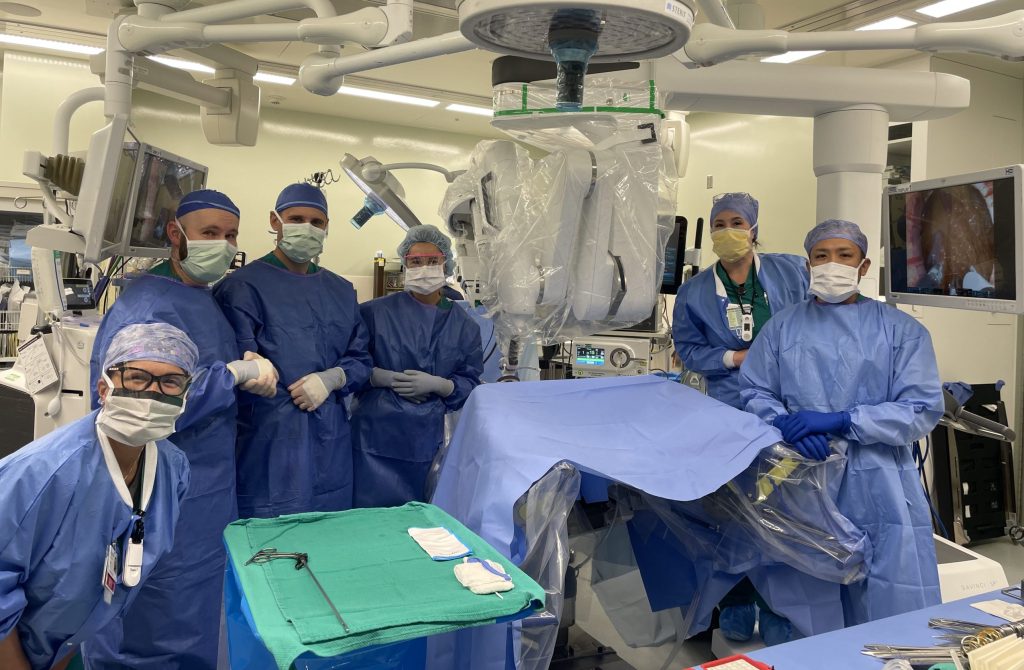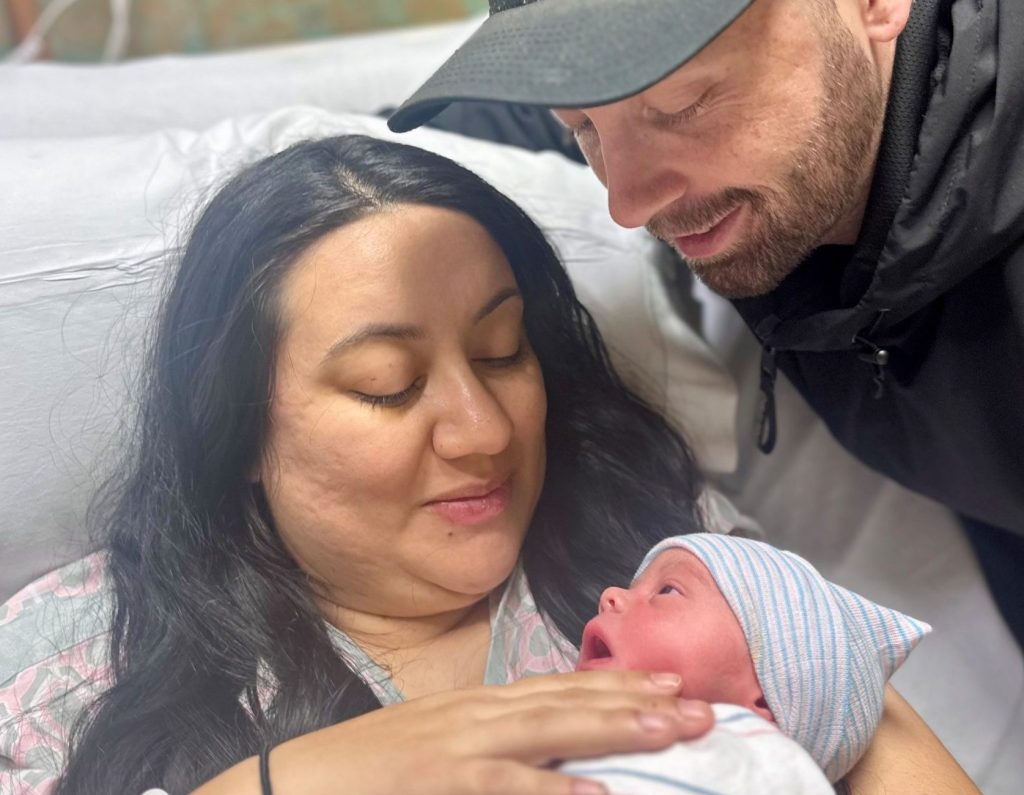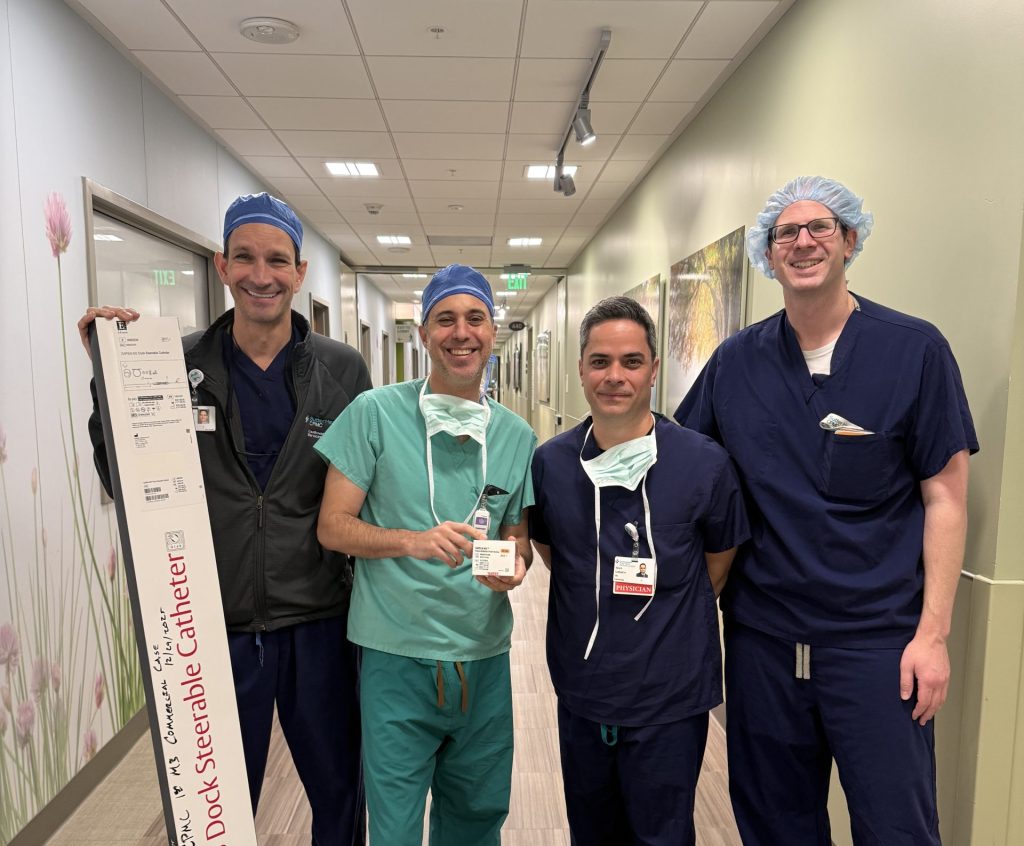It seems everyone knows a woman who has been diagnosed with breast cancer. And no wonder. Among women in the U.S., breast cancer is the second most common cancer diagnosis and the second leading cause of cancer-related deaths.*
But there is good news. The overall death rate from breast cancer decreased by 1% per year from 2013 to 2018. This decrease is thought to be the result of earlier detection through screening and better, targeted treatment advances and therapies.
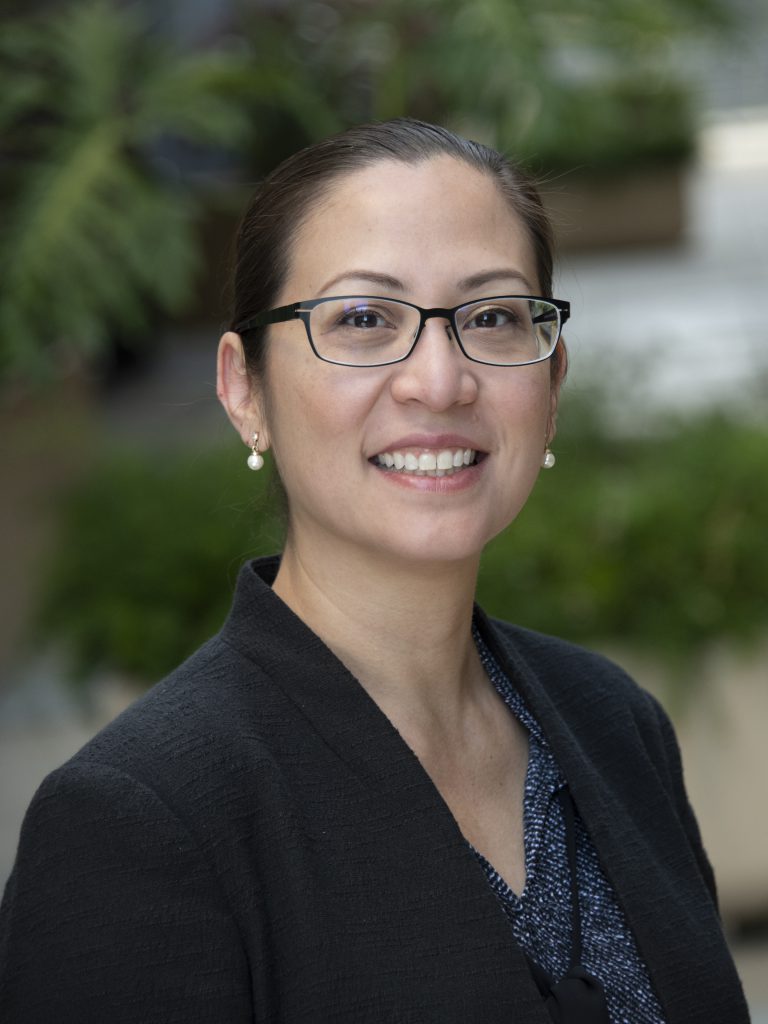
Rita Kwan-Feinberg, M.D., MPH, FACS
“We know early detection saves lives,” says Dr. Rita Kwan-Feinberg, a breast cancer surgeon with Sutter East Bay Medical Foundation, co-director of the Carol Ann Read Breast Health Center, and vice-chief of the medical staff at Alta Bates Summit Medical Center’s Berkeley campus. “When breast cancer is diagnosed at an early stage, the five-year survival rate is 99%,” Dr. Kwan-Feinberg adds.
Risk Factors
Why do some women get breast cancer and others don’t? Despite years of research, we still don’t know. Researchers have identified several risk factors that can make a woman more likely to develop the disease, but all women remain at risk for breast cancer. One woman can have several risk factors and never develop breast cancer, while another might seem to be at very low risk, and still get the disease.
Some of the known factors that can raise your risk:
- Being a Woman and Getting Older — About two-thirds of all invasive breast cancers are diagnosed in women over age 55. While many reports note that one in eight U.S. women will be diagnosed with breast cancer, it’s important to understand that that is over a total lifetime. The average woman’s risk over the next decade is much lower. According to the National Cancer Institute, if you’re now age 40, for example, you have a 1 in 68 chance of being diagnosed in the next ten years. At age 50, 1 in 42; at age 60, 1 in 28; and at age 70, 1 in 24.
- Genetics — Women who inherited a BRCA1 or BRCA2 genetic mutation have a much higher than average lifetime risk of developing breast cancer, ranging from 45 percent to as high as 80 percent.
- Family History — Having one first-degree relative — a mother, sister or daughter — with breast cancer nearly doubles a woman’s risk. Having two first-degree relatives raises your risk about threefold. However, it is important to remember that the majority of women who develop breast cancer have no family history.
- Personal History — If you’ve been diagnosed with cancer in one breast, you have a higher-than-average risk of developing a new cancer in either breast. You’re also at higher risk if you have dense breasts or had radiation to the chest as a child or young adult.
- Hormonal History — You’re at higher risk if you started menstruating early (before age 12) or went through menopause later than most (after age 55).
- Childbearing History— If you’ve had no children by age 30, you’re at higher risk for breast cancer.
While you can’t change getting older or your family history, there are known risk factors you can address to try to lower your risk of breast cancer:
- Keep your weight in check. Obesity is linked to breast cancer.
- If you drink alcohol, drink it in moderation. Studies have found that people who drink alcohol have a higher risk of breast cancer than those who don’t.
- Sedentary lifestyle. Studies show that physically active women have a lower risk of breast cancer.
- Don’t smoke. While it’s not proven that smoking raises your risk of breast cancer, research shows it does raise your risk of dying if you get breast cancer.
- After menopause, many women opt to take hormone replacement therapy (HRT) to reduce annoying symptoms like hot flashes and difficulty sleeping. However, some studies have linked long-term HRT with certain estrogen-progestin combinations with increased breast cancer. If you’re suffering from menopause-related symptoms, Dr. Kwan-Feinberg recommends talking to your doctor about whether HRT is recommended for you based on your specific risk factors for breast cancer. And she notes, “If a woman’s estimated breast cancer risk in the next 5 years is 5% or greater, she should not take hormone replacement therapy. An array of non-hormone-based interventions are available to treat symptoms of menopause.”
Screening Exams
Advances in mammography such as digital breast tomosynthesis, also known as 3D mammograms, are maximizing the benefits of screening by improving breast cancer detection and overall accuracy. They also reduce false positives and unnecessary recalls.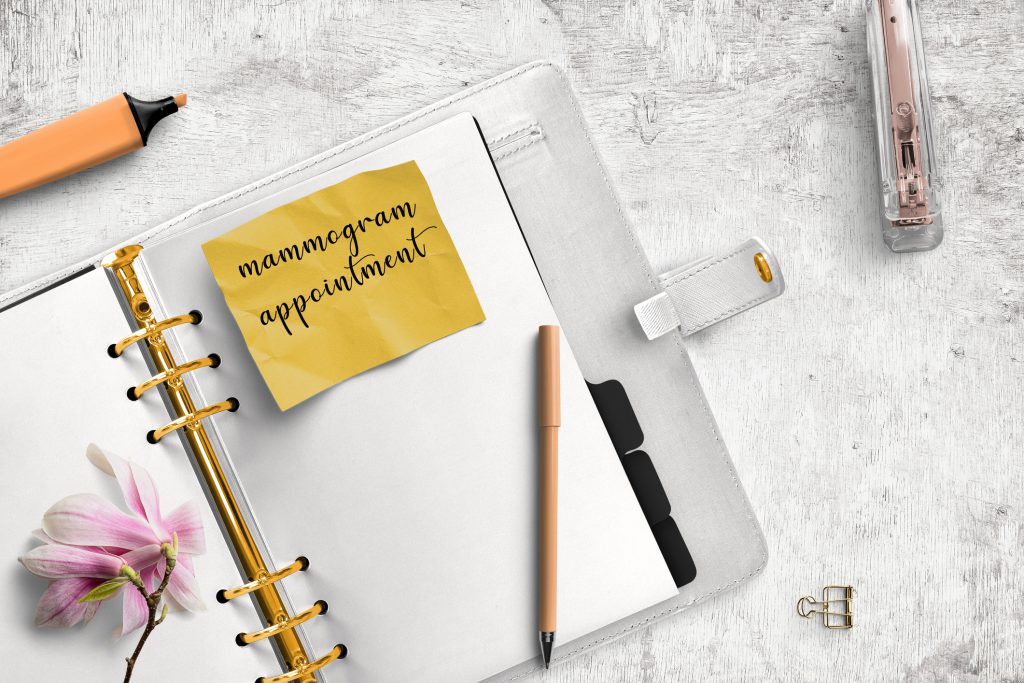
The American Cancer Society offers these guidelines:
- Women ages 40 to 44 have the choice to start yearly breast cancer screening with a mammogram.
- Women ages 45 to 54 should get a mammogram every year.
- Women 55 and older can switch to a mammogram every 2 years or can continue yearly screening. Screening should continue as long as a woman is in good health and is expected to live at least 10 more years.
If you are at very high risk of breast cancer, due to factors such as a genetic mutation or a strong family history of breast cancer, your doctor might suggest you also have regular MRI exams of your breasts.
Whether you should have regular breast exams from a doctor and do breast self-exams is up to you and your doctor, and will depend, in part, on your personal risk of breast cancer.
Signs and Symptoms
“If you have symptoms of pain, lump, or nipple discharge you should seek medical evaluation,” says Dr. Kwan-Feinberg. She notes that contrary to popular belief, most women who are diagnosed with breast cancer have no symptoms –rather their cancer is detected by screening mammography.
A specific type of breast cancer is inflammatory breast cancer (IBC), which accounts for 1-5% of breast cancers. Signs of IBC may develop quickly (within weeks), Dr. Kwan-Feinberg cautions, and include:
- Swelling of the skin of the breast
- Redness involving more than one-third of the breast
- Pitting or thickening of the skin of the breast so that it may look and feel like an orange peel
- A retracted or inverted nipple (turning inward)
- One breast looking larger than the other because of swelling
- One breast feeling warmer and heavier than the other
- A breast that may be red, tender, painful, dry, flaking or itchy
- Swelling of the lymph nodes under the arms or near the collarbone (even if no lump is felt)
- Nipple discharge (other than breast milk)
- Swollen lymph nodes under the arm or near the collar bone
If you have any of these symptoms, it does not mean that you have IBC says Dr. Kwan-Feinberg, but she recommends you see a doctor right away. Tenderness, redness, warmth and itching are also common symptoms of a breast infection or inflammation, such as mastitis, which is more likely if you’re pregnant or breastfeeding.
“The most important thing is for each woman to be aware of her own body and talking to her healthcare provider about any changes she notices,” says Dr. Kwan-Feinberg.
Note: This content is not intended to be a substitute for professional medical advice, diagnosis or treatment. Always seek the advice of your physician or other qualified health provider with any questions you may have regarding a medical condition. Never disregard professional medical advice or delay in seeking it because of something you have read on this website.



